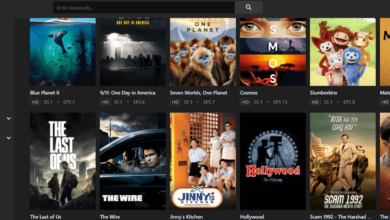7832 Mobile Call Source Breakdown: Tracing Origins

The analysis of the “7832 Mobile Call Source Breakdown” reveals intricate patterns in mobile call routing. It identifies geographical hotspots and socio-economic factors influencing call origins. Notably, a rise in international connections from urban centers marks a shift in communication dynamics. This trend raises questions about user behavior and the implications for service providers. Understanding these elements is crucial for improving network performance while addressing privacy and security concerns in an increasingly interconnected environment.
Understanding Mobile Call Routing
Understanding mobile call routing is essential for optimizing communication networks, as it delineates the pathways through which voice data travels from one mobile device to another.
Call path analysis reveals the efficiency of routing protocols, enabling operators to identify optimal routes and minimize latency.
Identifying Call Sources
Identifying call sources involves analyzing the various origins of mobile calls, which can significantly impact network performance and user experience.
Effective call tracking systems employ source verification techniques to ensure accurate attribution of calls.
Trends in Call Origins
As mobile communication technology evolves, the trends in call origins reveal significant shifts influenced by user behavior and technological advancements.
Analyzing call demographics shows a growing preference for international connections, while geographic trends indicate heightened activity in urban centers.
These changes reflect an increasingly interconnected world, where users seek diverse communication channels, impacting the distribution and nature of mobile calls across various regions.
Implications for Users and Service Providers
While the evolution of call origins presents new opportunities, it also poses challenges for both users and service providers.
Enhanced tracking capabilities may jeopardize user privacy, leading to increased concerns regarding data security.
Furthermore, as service providers adapt to these changes, service costs may rise, ultimately affecting affordability for users.
Balancing innovation with privacy rights remains critical in this evolving landscape.
Conclusion
In conclusion, the analysis of the 7832 mobile call source breakdown reveals a landscape where international connections flourish, where urban centers dominate the call origins, and where user behavior shifts toward an interconnected future. As service providers enhance tracking systems to optimize network performance, they must also navigate the complexities of privacy and data security. Ultimately, this evolving paradigm underscores the necessity for balance—between connectivity and confidentiality, between innovation and regulation, between user needs and service capabilities.







